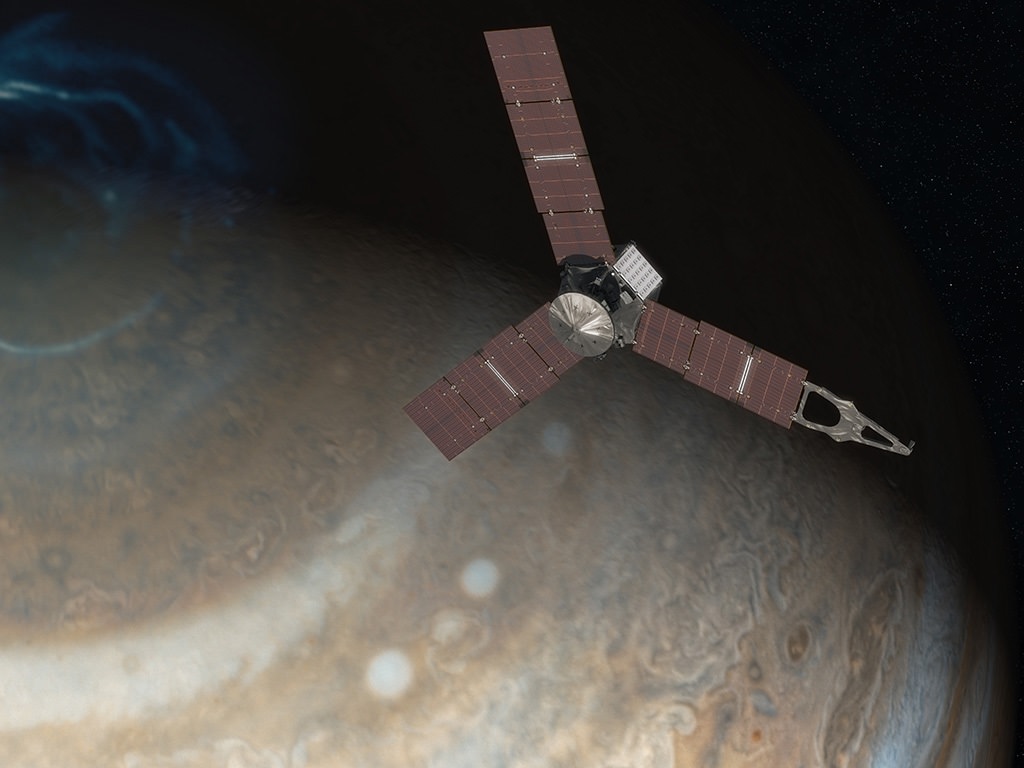2015 was an amazing year in space, as worlds such as Pluto and Ceres snapped into sharp focus. 2015 also underlined the mantra that ‘space is hard,’ as SpaceX rode the roller coaster from launch failure, to a dramatic return to flight in December, complete with a nighttime landing of its stage 1 Falcon 9 rocket back at Cape Canaveral. So, what’s in store for 2016? How about a mission to Mars, Jupiter, and – just maybe — a groundbreaking discovery in astrophysics? Here’s our drill-down of space stories to watch in 2016:
Juno Arrives at Jupiter
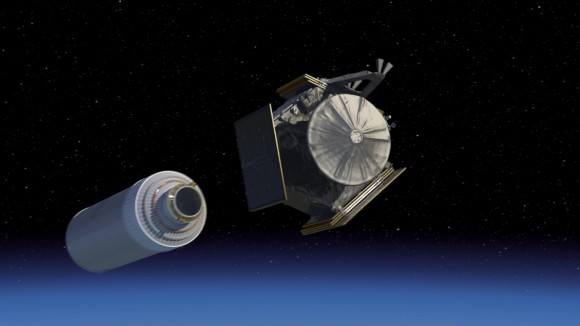
After several years of space travel, NASA’s Juno mission will enter orbit around Jupiter next year. Launched from Cape Canaveral on August 5th, 2011, Juno will only be the second spacecraft to enter orbit around Jupiter, and the first mission to the outer solar system that won’t utilize nuclear power. Instead, Juno is equipped with three enormous bus-sized solar panels. Juno will study the magnetosphere, magnetic field and gravitational environment of Jove in its wide-ranging path. Expect Juno to enter orbit around Jupiter on July 4th, 2016.
Gravitational Waves Discovered?
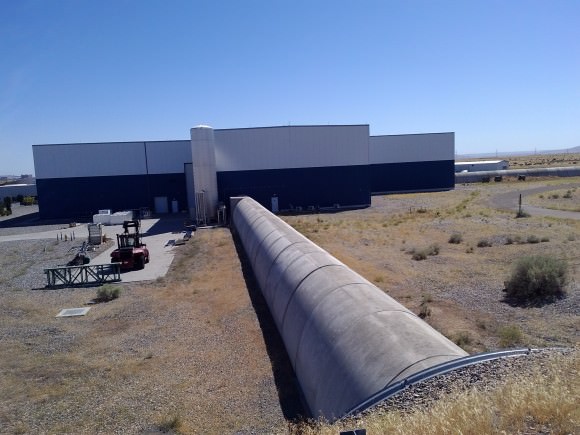
Could astronomers directly detect gravitational waves in the coming year… just over a century after Einstein’s special theory of relativity predicted them? It’s a very real possibility, as the Advanced LIGO project went online in late 2015. Sporting ten times the sensitivity of the original LIGO project, Advanced LIGO ‘should’ detect gravitational waves generated by black hole and pulsar mergers and extra-galactic supernovae. If it doesn’t, something is seriously wrong with our theories of cosmology. This could be the physics story of 2016 along the lines of the CERN Higgs-Boson discovery, if direct detection is accomplished.
Heavy Rockets Take Flight
Both China and SpaceX may debut their heavy lift rockets in 2016. China is set to perform its inaugural launch of its Long March 5 rocket from Wenchang Space Center sometime in the next year. Meanwhile, SpaceX is set to launch its Falcon Heavy lift rocket from the Kennedy Space Center this coming April. Yeah, I know: we’ve been chasing this one as a ‘space story to watch’ for a couple years now… but 2016 looks like the year that the Falcon Heavy will indeed break the surly bonds. And NASA’s SLS heavy lifter? Expect the first uncrewed flight in the 2018 time frame, with astronauts riding atop the rocket beyond low Earth orbit three years beyond that.
A Mission to Mars
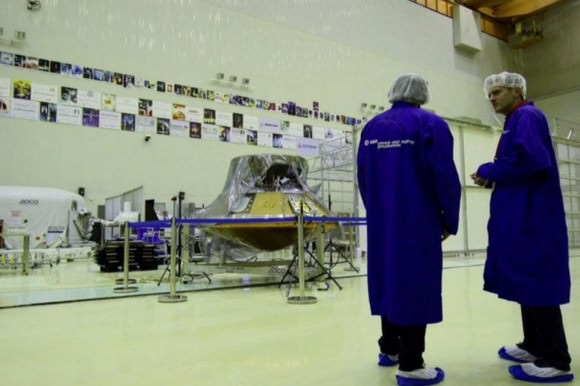
NASA’s InSight Lander may have been grounded earlier this month, but the European Space Agency still plans its ExoMars Trace Gas Orbiter mission to Mars in the Spring of 2016, along with the joint ESA/Roscomos Schiaparelli technology demonstrator lander. This lander is set to test tech needed for the 2018 ExoMars rover. Hey, this could be Russia’s first successful landing on the Red Planet after seven tries!
Rosetta ‘Crashes’ into a Comet
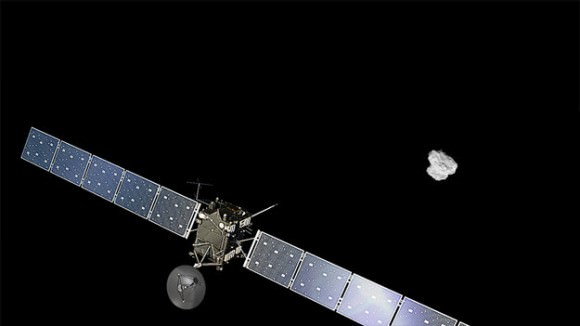
Rosetta’s mission orbiting a comet will come to a dramatic end in 2016, with a ‘controlled crash’ into comet 67/P Churyumov-Gerasimenko. The European Space Agency’s Rosetta mission arrived at Comet 67/P C-G on August 6th, 2014, gave us some amazing insights into the bizarro world of cometary life, and deposited the Philae lander on the surface, to boot. Expect Rosetta to come to rest on the surface of the comet on September 30th, 2016.
Cassini’s Final Year at Saturn
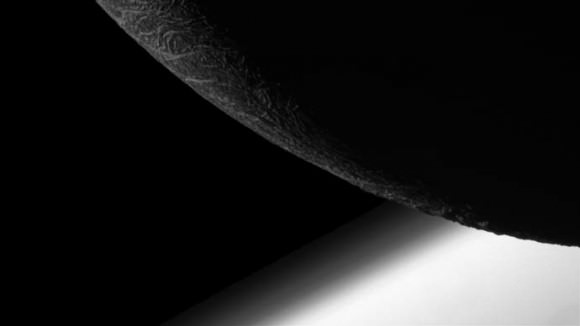
In orbit around Saturn for over a decade, 2016 is the last full year of operations for Cassini, which will plunge into the atmosphere of Saturn in 2017. The only mission to ever orbit Saturn, Cassini has given us some stunning views of the planet, its system of rings and moons, and delivered the European Space Agency’s Huygens lander to the surface of Titan on January 14th, 2005. As the end of Cassini’s life nears, expect engineers to perform some bold close flybys of Saturn’s moons, and thread the ring system of Saturn for some final spectacular closeups.
A Exoplanet Bonanza
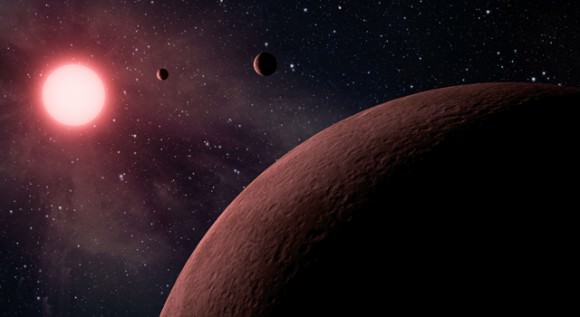
Amid the usual press releases of the ‘hottest, fastest, weirdest,’ could we find something truly groundbreaking in 2016? Maybe exomoons, better images through direct detection, etc? On Earth, systems such as the Gemini Planet Imager are giving us progressively better direct views of exoplanets, and missions such as the Transiting Exoplanet Survey Satellite (TESS) are set to carry on Kepler’s legacy in 2018. Small bet: the current tally of exoplanets sits at 2,041 at the close of 2015; by 2020, that number will have grown to 10,000.
A Serious SETI Search
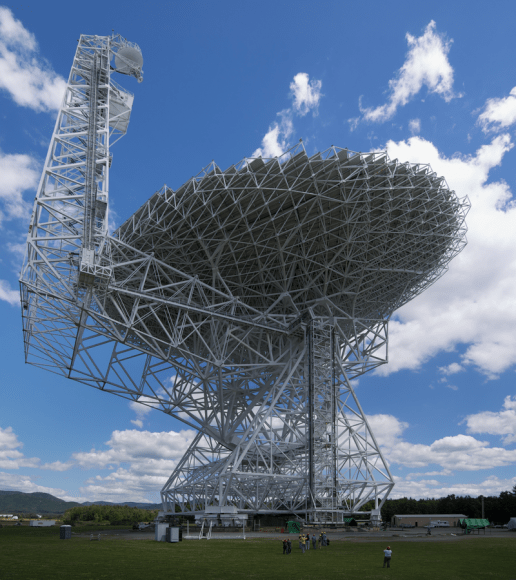
SETI got a boost in 2015 with the Breakthrough Listen initiative, which gets underway in earnest in 2016. Breakthrough Listen is a 10 year, $100 million dollar initiative funded under Yuri Milner’s Breakthrough Initiatives. Combining search time split between the Green Bank Observatory in West Virginia, and the Parkes Telescope in Australia, expect Breakthrough Listen to begin combing the 1-to-10 GHz ‘quiet zone’ of the radio spectrum over a greater swath of sky than ever before starting in late 2016.
Iridium Satellites: the NEXT Generation
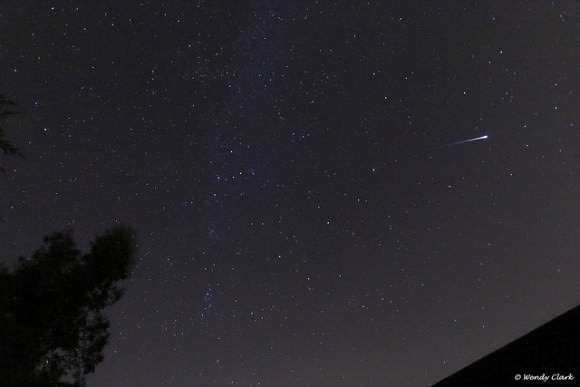
The new generation of Iridium mobile phone satellites, known as IridiumNEXT, begins deployment in 2016, with the first launch atop a Dnepr rocket from Dombarosky, Russia sometime in April 2016. Built by Iridium Communications Incorporated, this project to field a new and more robust constellation of communications satellites will most likely—like the first deployment of Iridium satellites by Motorola—take several years. The deorbit phase-out of the old system of 66 satellites will likewise take time. Unfortunately for backyard sat-spotters, the new generation of Iridium satellites probably won’t flare as brilliantly as their predecessors.
The International Space Station Heads into its Extended Life
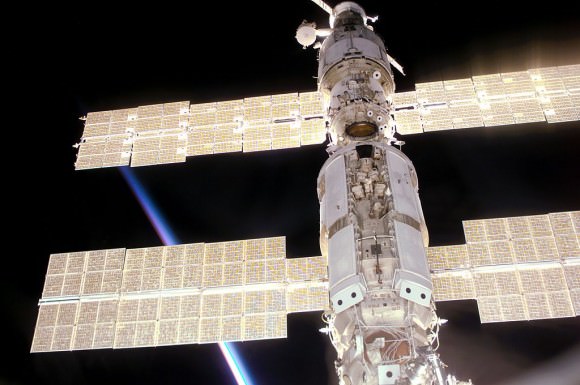
Way back when construction was finished in 2009, word was the ISS would eventually be deorbited in 2016… but it looks like NASA will try to keep the station going now well into the 2020s. An unexpected increase in the FY2016 budget for NASA sees the ISS funded to the tune of five billion dollars, including money for SpaceX and Boeing to continue development on a crewed spacecraft as an alternative to the Russian Soyuz for access to the station. Astronaut Scott Kelly will also complete his ‘year in space’ on March 2nd, 2016, breaking the US human spaceflight duration record in the process.
OSIRIS REx Launches
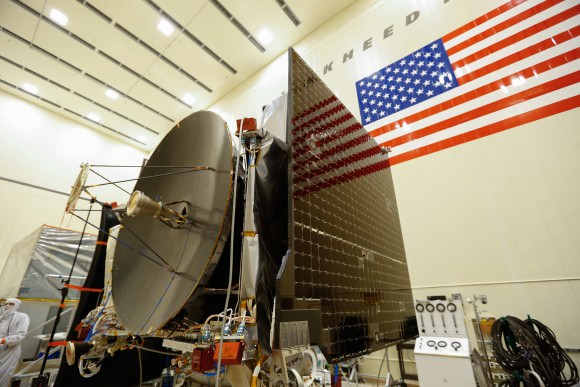
NASA’s ambitious asteroid sample return mission also launches in 2016: The Origins, Spectral Interpretation, Resource, Identification, Security, and Regolith EXplorer known as OSIRIS REx launches from Cape Canaveral in September 2016. The mission will rendezvous with asteroid 101955 Bennu in 2018. If all goes well, expect the sample return mission to arrive back in the vicinity of the Earth in September 2019.
A Solar Sail Launch in 2016?
Remember the excitement surrounding LightSail-A in early 2015? The full-fledged LightSail-1 demonstrator fielded by the Planetary Society is set to launch in April on the inaugural first flight of the Falcon 9 Heavy. Unlike LightSail-A, which operated briefly in low-Earth orbit before reentering the Earth’s atmosphere, LightSail-1 will demonstrate true solar wind pressure sailing in a higher 500 mile orbit.
One more thing. A semi-depressing milestone comes to pass at the end of 2016, as we head towards a span of time where no astronauts have launched from U.S. soil equal to the gap between Apollo (The Apollo-Soyuz Test Project in 1976) and the start of the U.S. Space Shuttle program with STS-1 in 1981. True, we’ve kept the human occupation of space ongoing aboard the International Space Station, but it looks like this record may be broken with room to spare — until SpaceX launches crew in late 2017.
See you in 2016!

